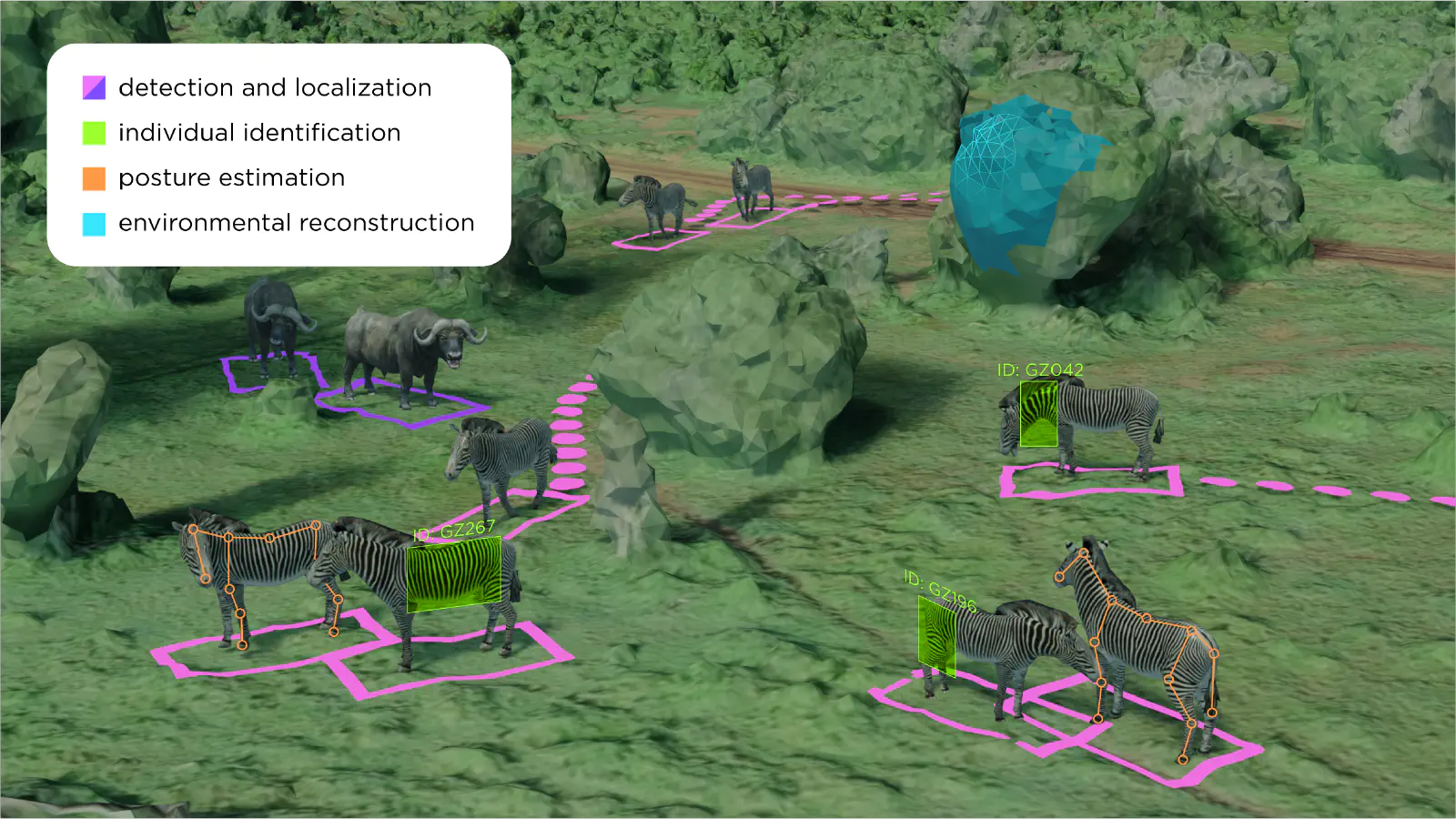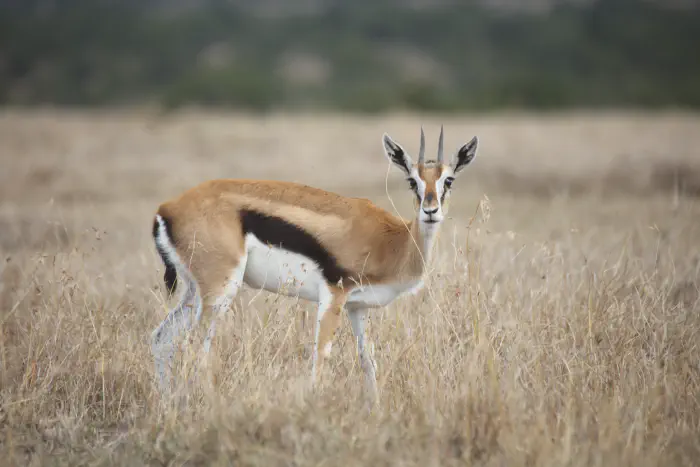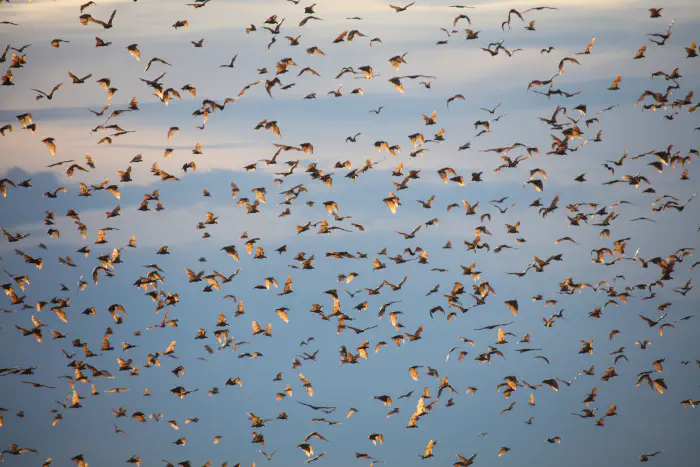Research Projects
My research explores animal behavior across scales, from individuals to the collective and beyond. A major theme of my current work is harnessing modern methods and technologies to advance the study of behavioral ecology. Here you can find information on my research activities. For a full list of publications and conference presentations, please download my CV from the link above.
Active Projects
Herd Hover: Drones and Computer Vision for Behavioral Ecology
Studying complex behavioral processes in natural settings requires high-resolution data on the behavior of entire groups of animals simultaneously, as well as information on the environmental context in which interactions occur. For many systems, it is not possible to collect these datasets using conventional methods or bio-logging approaches. In this project, I have led a team to develop methods for observing free-ranging, unmarked animals from drones and extracting high-resolution data on animal behavior, movement, and habitats from the resulting footage. You can learn more about our method from our Research Methods Guide, published open access in the Journal of Animal Ecology. Please visit the Herd Hover website to learn more about the team and our work.

My work on the Herd Hover project has led to other collaborations bridging ecology and computer science, including a perspectives paper in Nature Communications about applications of machine learning for wildlife ecology and conservation.
Individual and Collective Antipredator Behavior
The motivation for the Herd Hover project was to collect the datasets necessary to understand the social, ecological and biological factors that affect vigilance patterns of African ungulates, and to explore how individual vigilance scales up to generate patterns of collective vigilance and facilitate within-group information transfer and collective predator detection. Please check back for results of this research.

WildDrone: Autonomous Drones for Nature Conservation Missions
WildDrone is an international training network funded by the EU Marie Sklodowska Curie Actions. We work to revolutionize wildlife conservation practices by using autonomous drone technology as a unifying platform to monitor wildlife populations, track their movements, and manage human-wildlife conflicts. The Consortium includes researchers and organizations leading the fields of animal behavioral ecology, wildlife conservation, computer vision, and aerial robotics. Starting in 2023, I will supervise a PhD project on analyzing collective wildlife behavior to predict future movement in order to mitigate human-wildlife conflict. For more information, please see the official project site.
Past Projects
Maternal and Antipredator Behavior of Thomson’s Gazelle
My dissertation research addressed the behavior of female Thomson’s gazelles with dependent fawns. This project entailed many months of fieldwork at Ol Pejeta Conservancy in central Kenya, and focused on the behavioral strategies of mothers and fawns surrounding birth and predation avoidance in the first months of life. Please click the link above to learn more about this work.

Automated methods for counting fruitbats at Kasanka National Park
In 2019 I joined a field trip to Kasanka National Park with a team from the Max Planck Institute of Animal Behavior, North Carolina State University, and Southeastern Louisiana University. There we undertook an effort to count the millions of straw-colored fruit bats that converge on a small patch of swamp forest every October through December. Previous estimates of colony size ranged widely, from 1 million to 13 million bats. We used GoPros to surround the colony and film the bats at dusk as they emerged from their forest roost to forage. Back in the lab, I helped process image data and validate outputs of a new method that automatically counts bats in the GoPro videos and extrapolates these numbers to estimate total colony size. The method is inexpensive and adaptable to other animal aggregations. A major strength is that the assumptions of the estimate are explicit in the counting software, allowing researchers to explore the effects of their assumptions and provide robust confidence intervals for their final estimates.

This work was published in Ecosphere. For more on this work check out this video!